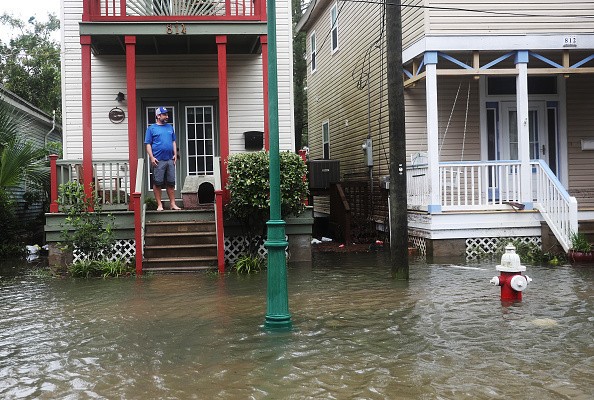This summer has exhibited its destructive force of floods from Germany to New York City.
New study reveals that more people are yet to inhabit flood-prone regions in the next decade, it also discloses that the population in places with a high possibility of getting flooded is rising at a greater rate than other locations.

Flood Events
The study, released in the journal Nature on the 4th of August, made use of daily satellite observations of floods when 913 large flood events occurred between 2000 and 2018.
The floodwaters directly affected about 255 to 290 million individuals during that period. Also, the authors discover that population increase in these places boosted by 34.1%, surpassing the total global population rise which is 18.6%.
Implying that floods will threaten times ten as many individuals in the coming decade than the calculated number of people who have been susceptible to flooding since the transition from one century to another, the authors write.
Disaster funds saved for flood preparedness and also mitigation from floods is only 13% - even though flood damages in US from 2000 to 2019 made the country lose $615bn. Another problem the new analysis also took into consideration is floods from breakage of dam and snowmelt, not only from pelting rain.
Global Flood Database
Climate change projections propose that the proportion of individuals prone to flooding will increase further by 2030. The study authors forecast that mostly about 57 countries including portions of North America, central Africa and central Asia - will notice a substantial rise in the percentage of their populations that is affected by floods.
The study authors write: "The global flood database generated from these observations will help to improve vulnerability assessments, the accuracy of global and local flood models, the efficacy of adaptation interventions and our understanding of the interactions between landcover change, climate and floods."
The advisable means to know how to adapt is to get information on locations floods are occurring and who their effects will touch, study authors added.

Climate Change
Moving people from regions that will be flooded is one potential technique, that was the action taken by Sri Lanka following the 2004 tsunami, when there was the need for residents to relocate 100 meters from the shoreline. Another country that's putting moving people away from flood-prone regions into consideration is India.
study authors write: "Vulnerability analyses, together with the improved flood exposure estimates presented here, should drive investment in flood adaptation directed to the people and places that need it most."
Climate change is anticipated to boost the number of floods all over the world. For a single thing, warmer air can contain more moisture - about 7% more for every 1°C temperature rise.
Related Article : Scientists: Flash Floods Will Occur More Often as Climate Crisis Worsens
For more news, updates about floods and similar topics don't forget to follow Nature World News!
© 2025 NatureWorldNews.com All rights reserved. Do not reproduce without permission.





